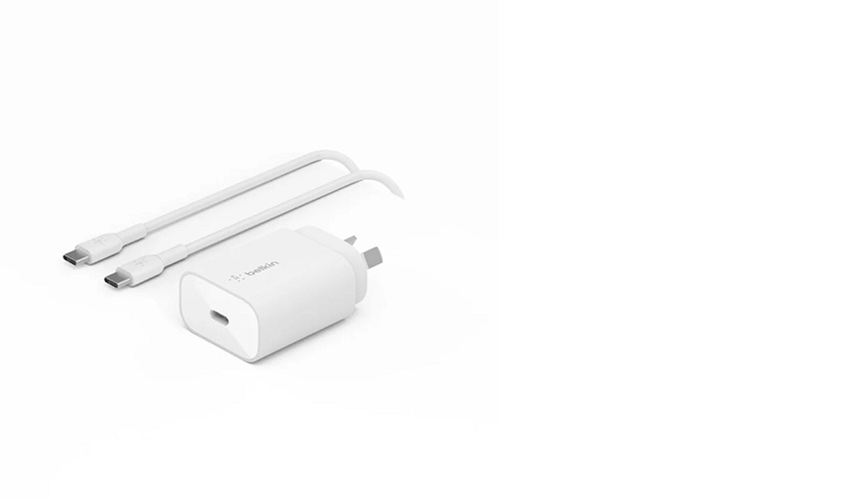
Pest control is a common concern for homeowners and businesses alike. Whether it’s ants in the kitchen, mice in the walls, or mosquitoes in the yard, dealing with pests can be a frustrating and never-ending battle. Traditional pest control methods often involve using chemicals such as bug spray or traps to eliminate unwanted critters. However, these methods can be harmful to both humans and the environment.
In recent years, there has been a growing interest in alternative approaches to pest control that are more sustainable and environmentally friendly. These innovative methods focus on preventing pest infestations before they occur, rather than simply reacting to them once they have already taken hold.
One such approach is integrated pest management (IPM), which combines multiple strategies to effectively manage pests while minimizing the use of pesticides. This holistic approach takes into account factors such as the biology of the pests, their behavior patterns, and environmental conditions that may contribute to their presence. By addressing these underlying causes of infestations, IPM aims to prevent future outbreaks without relying solely on chemical treatments.
Another innovative approach to pest control, which involves introducing natural enemies of pests to help keep their populations in check. For example, releasing predatory insects or parasitic wasps that feed on specific pests can help reduce their numbers without the need for chemical interventions. This method is particularly useful for controlling agricultural pests without harming beneficial insects or pollinators.
In addition to biological control, there are also physical barriers that can be used to deter pests from entering homes or buildings. Sealing cracks and crevices where pests may enter, installing screens on windows and doors, or using ultrasonic devices that emit sound waves repellant to certain animals are all effective ways of preventing infestations without resorting to chemicals.
Furthermore, advancements in technology have led to the development of new tools and techniques for monitoring and controlling pests. For instance, remote sensing devices can be used to detect early signs of pest activity before it becomes a full-blown infestation. Similarly, drones equipped with infrared cameras can survey large areas quickly and accurately identify hotspots where pests are congregating.
Overall, adopting innovative approaches to pest control not only helps protect human health and the environment but also ensures long-term effectiveness in managing pest populations. By combining various strategies such as IPM practices, biological controls, physical barriers,and technological tools we can create a more sustainable future where we coexist peacefully with nature’s creatures without resortingto harmful chemicals or toxic substances commonly found in traditional pest control products.










